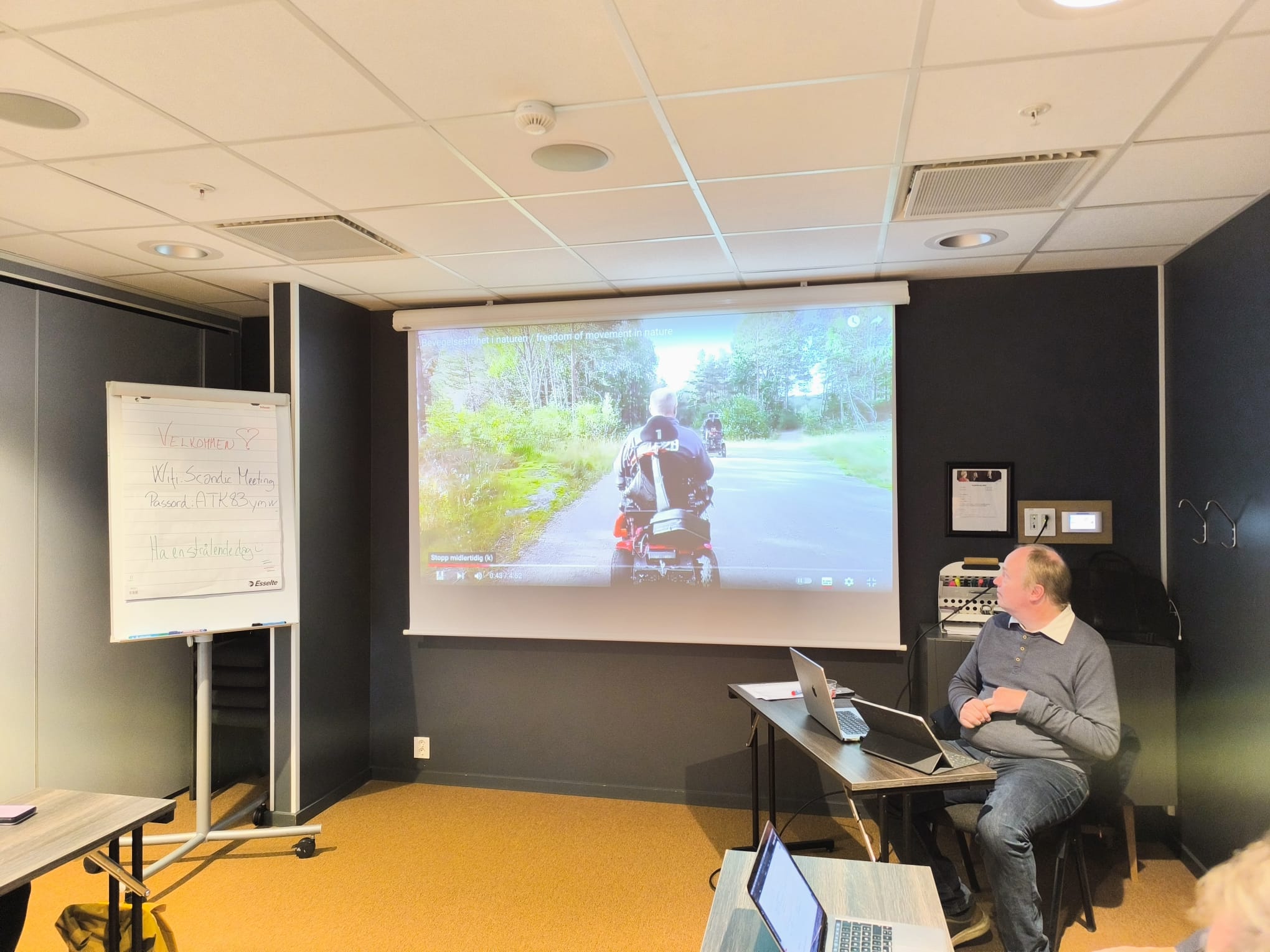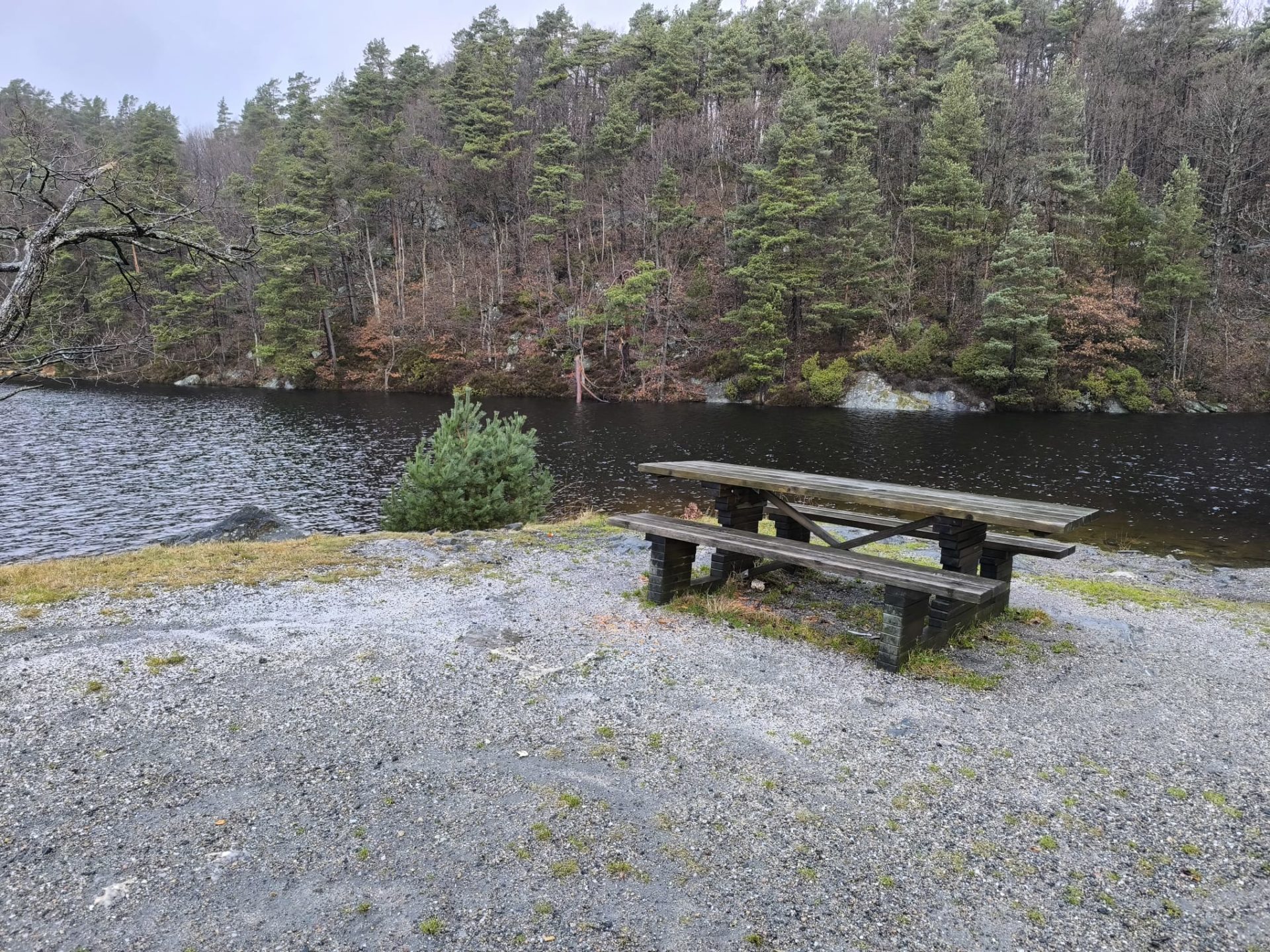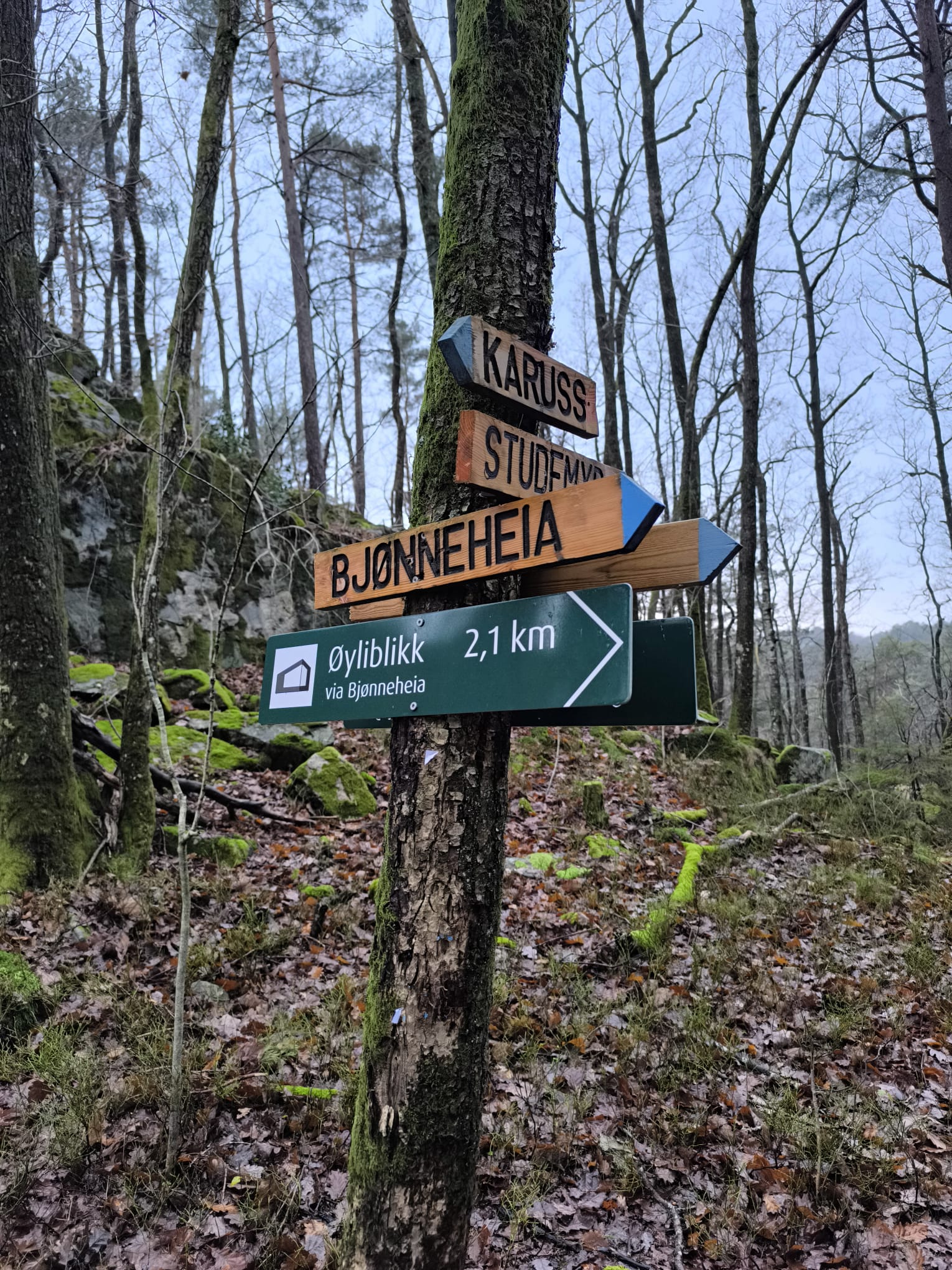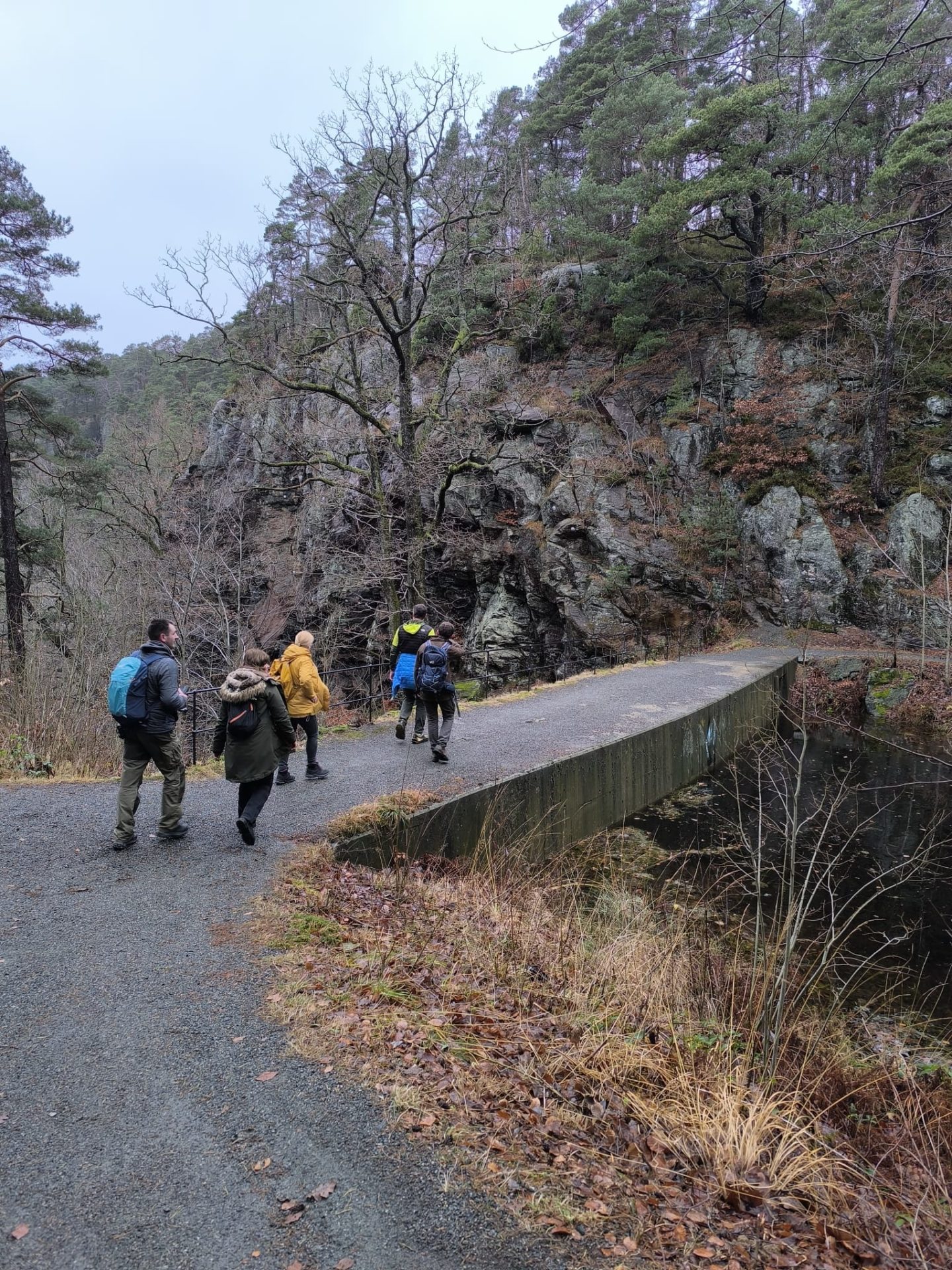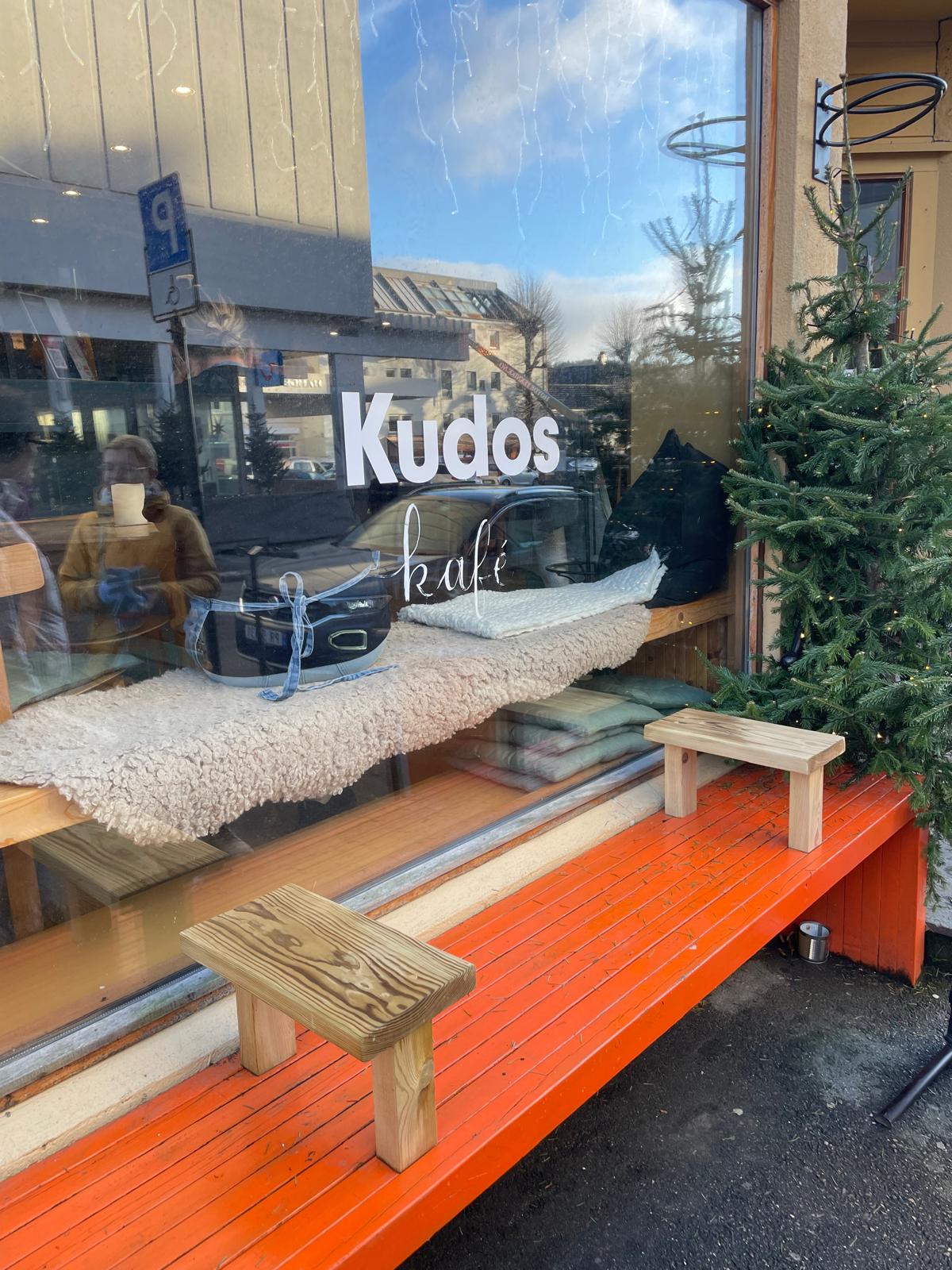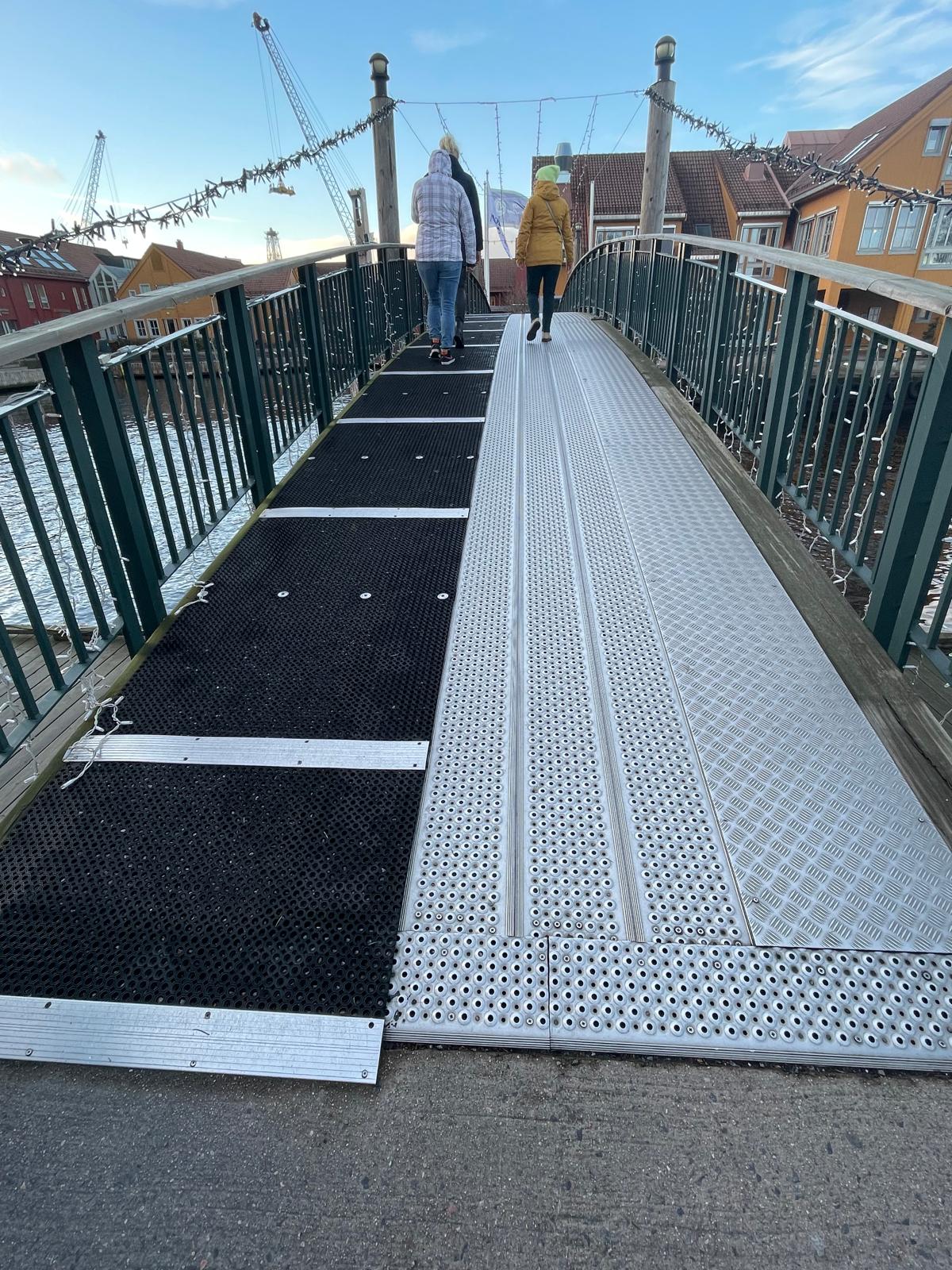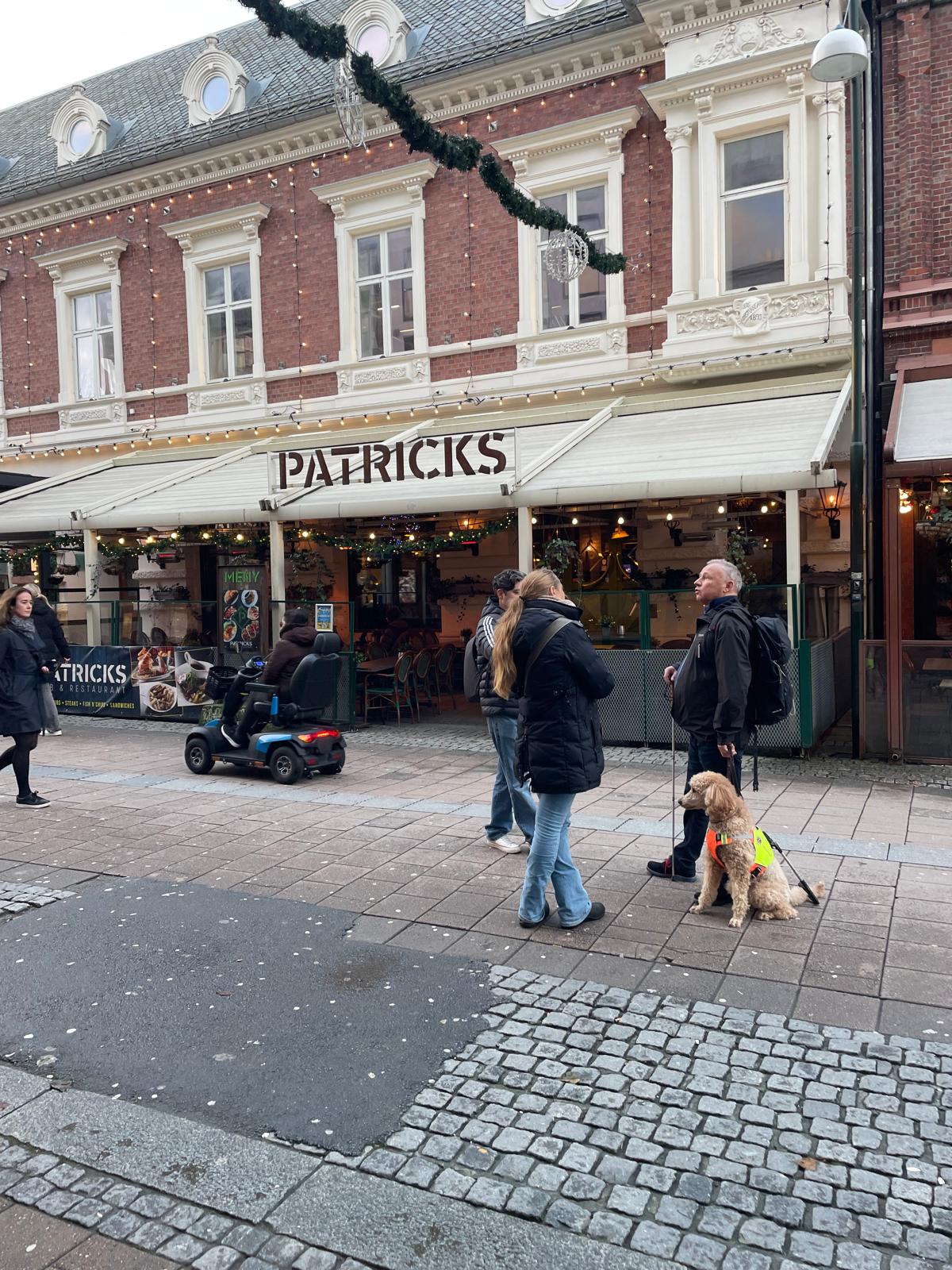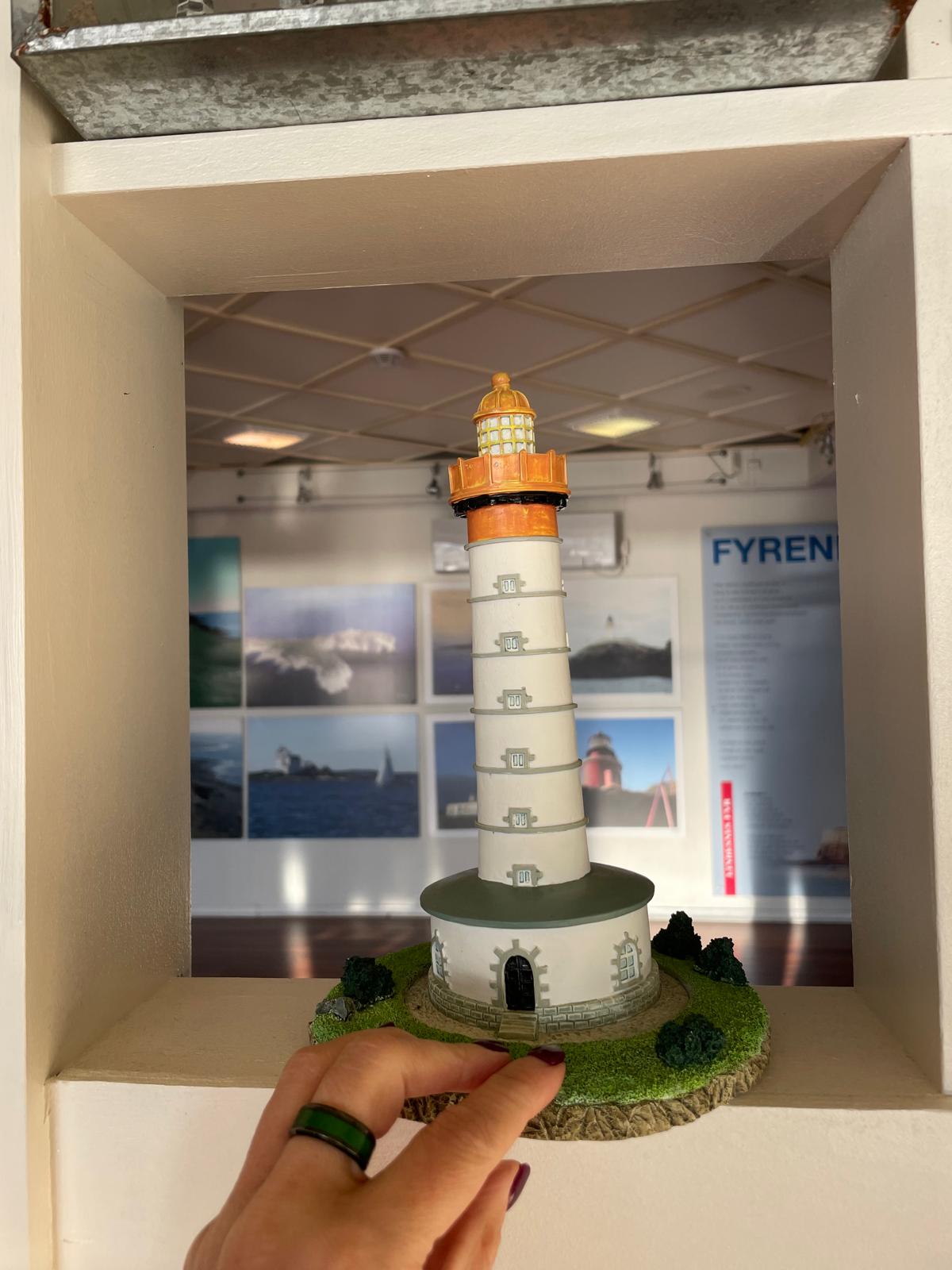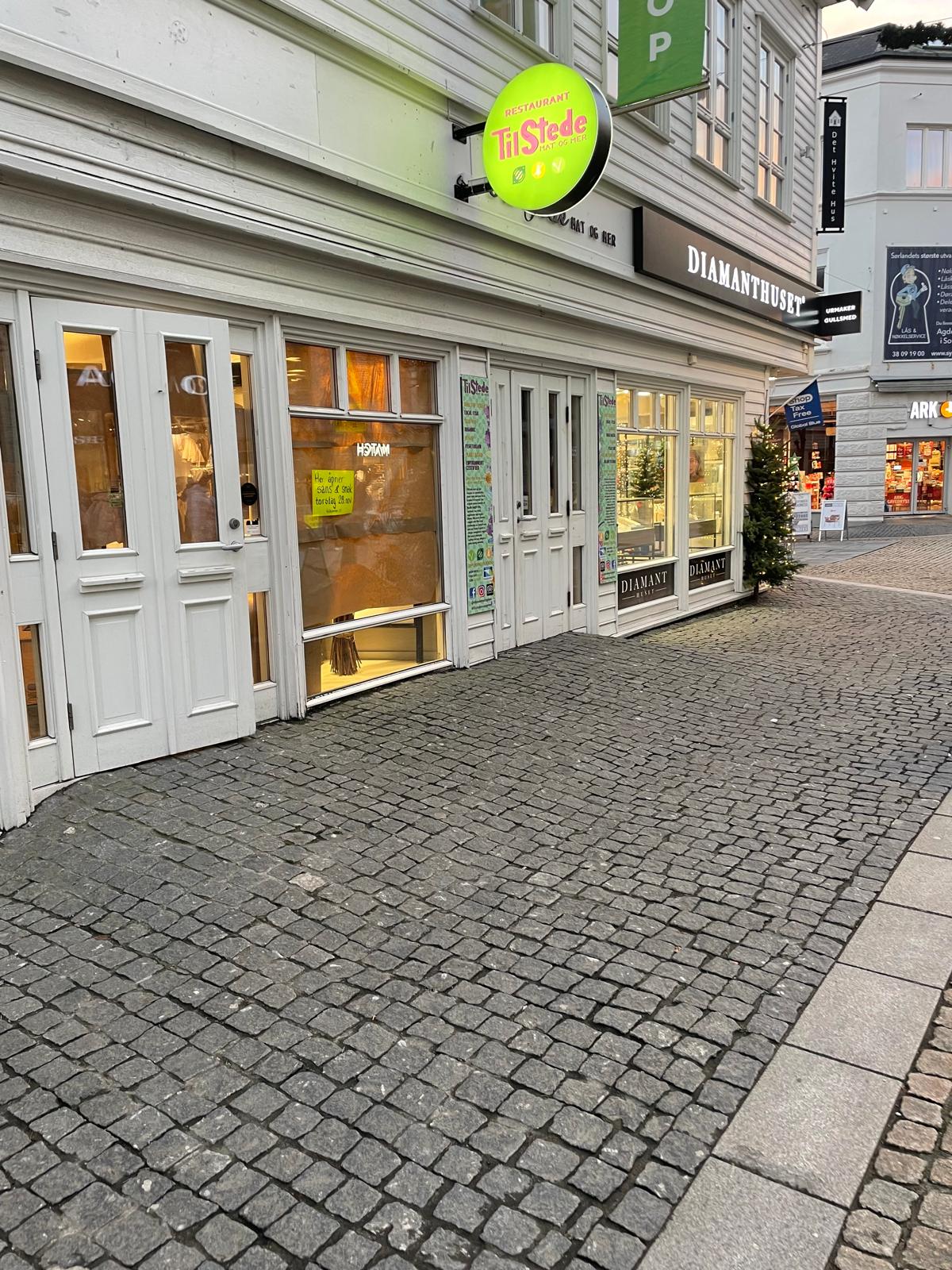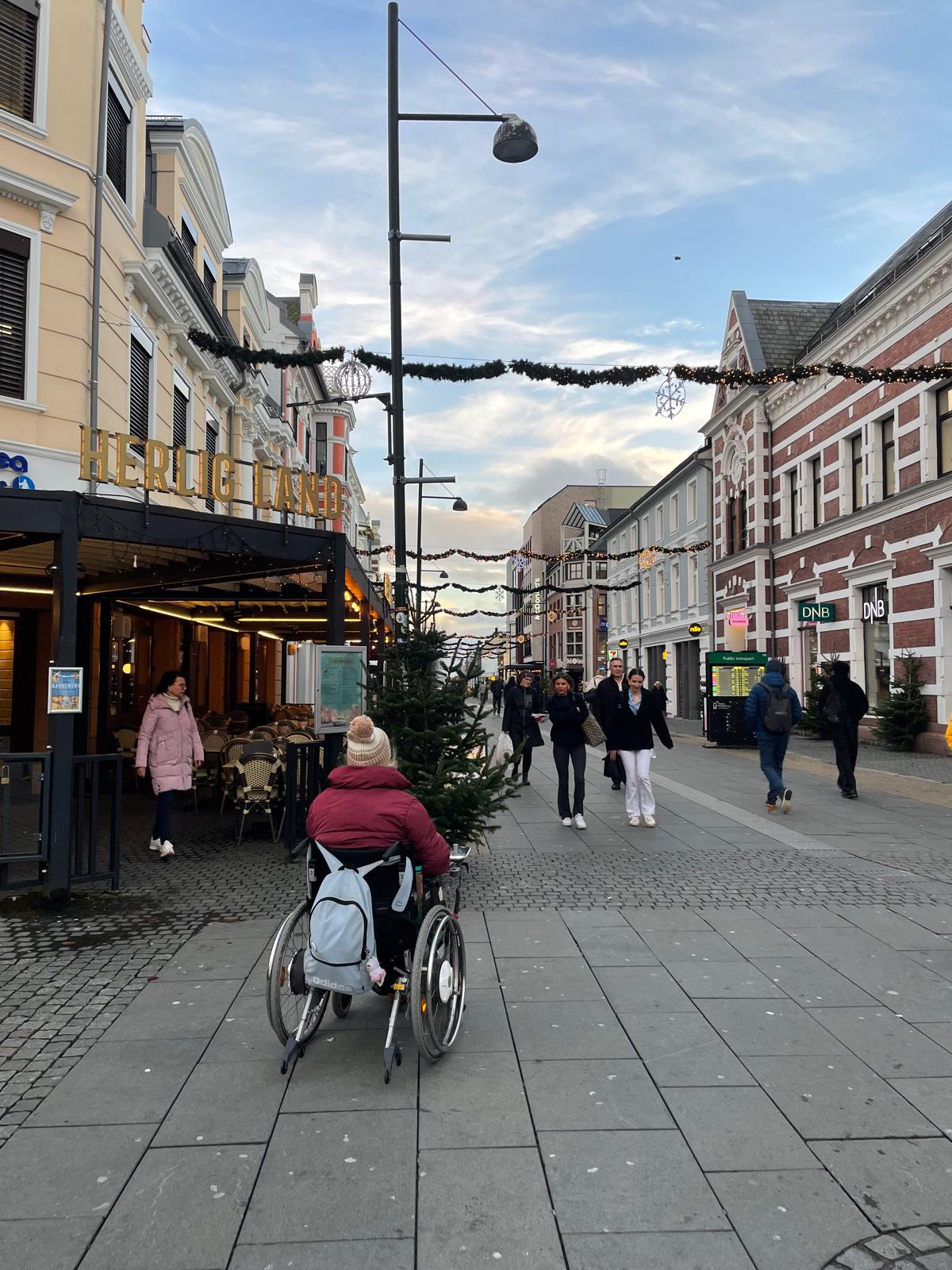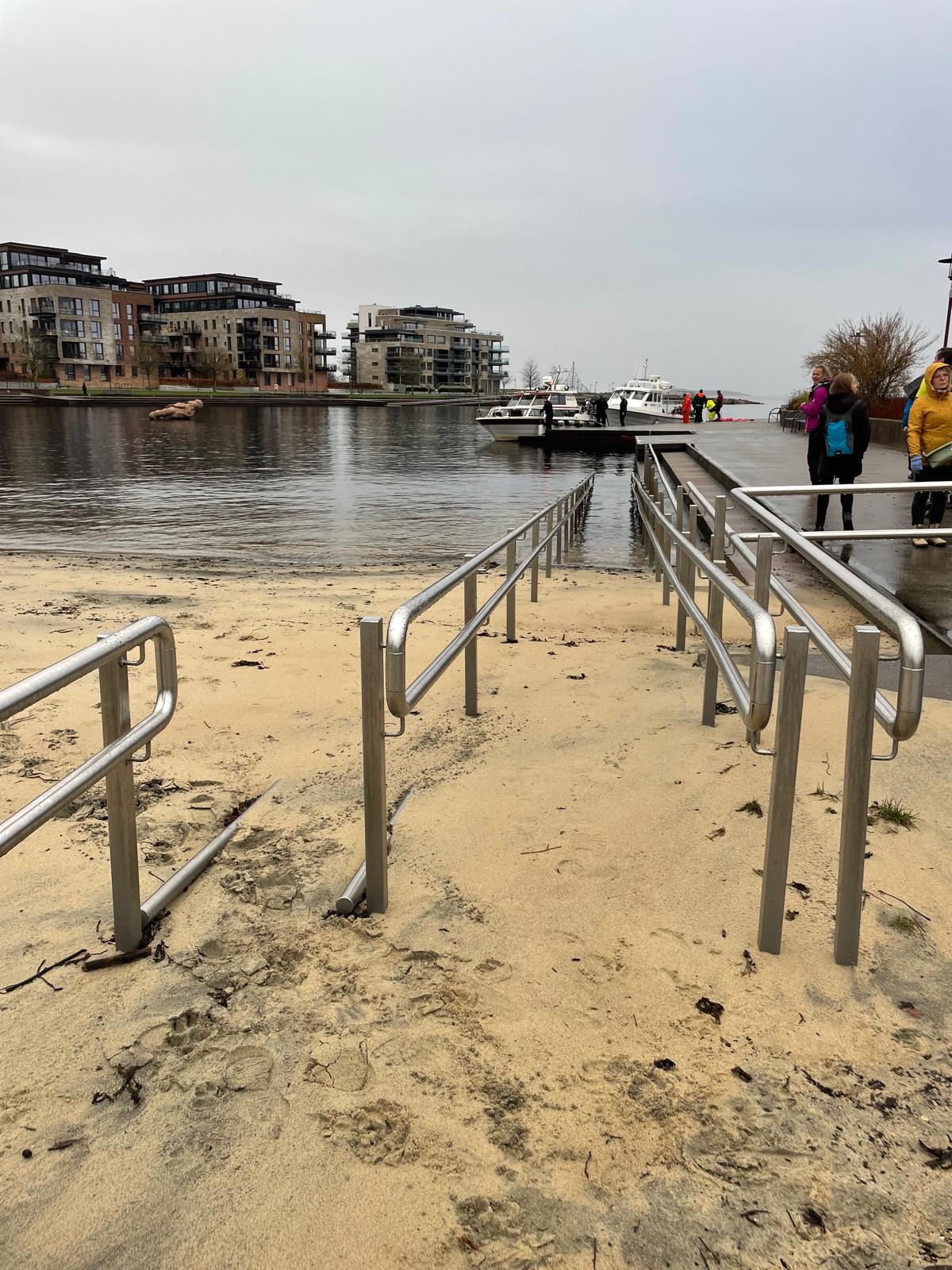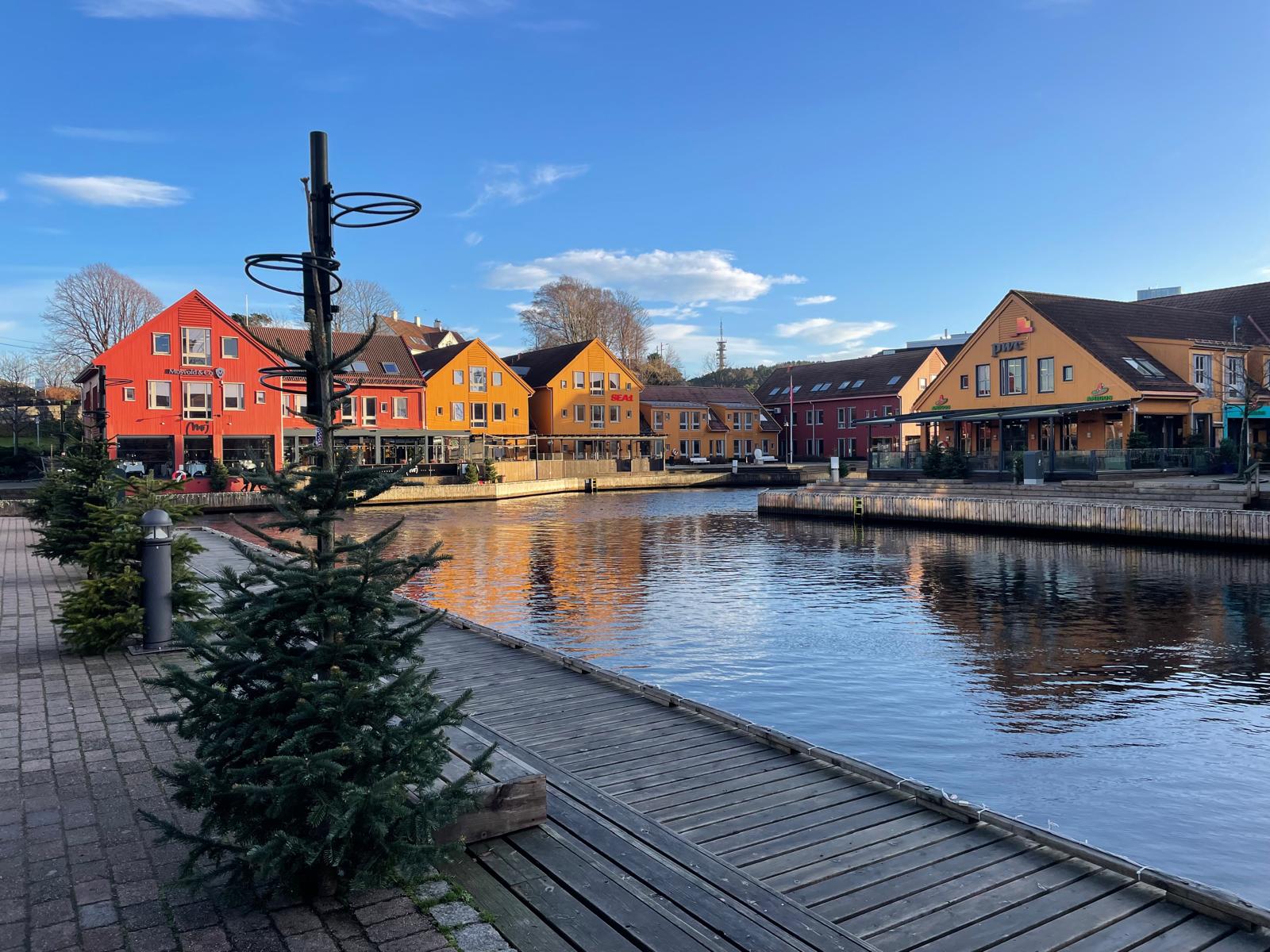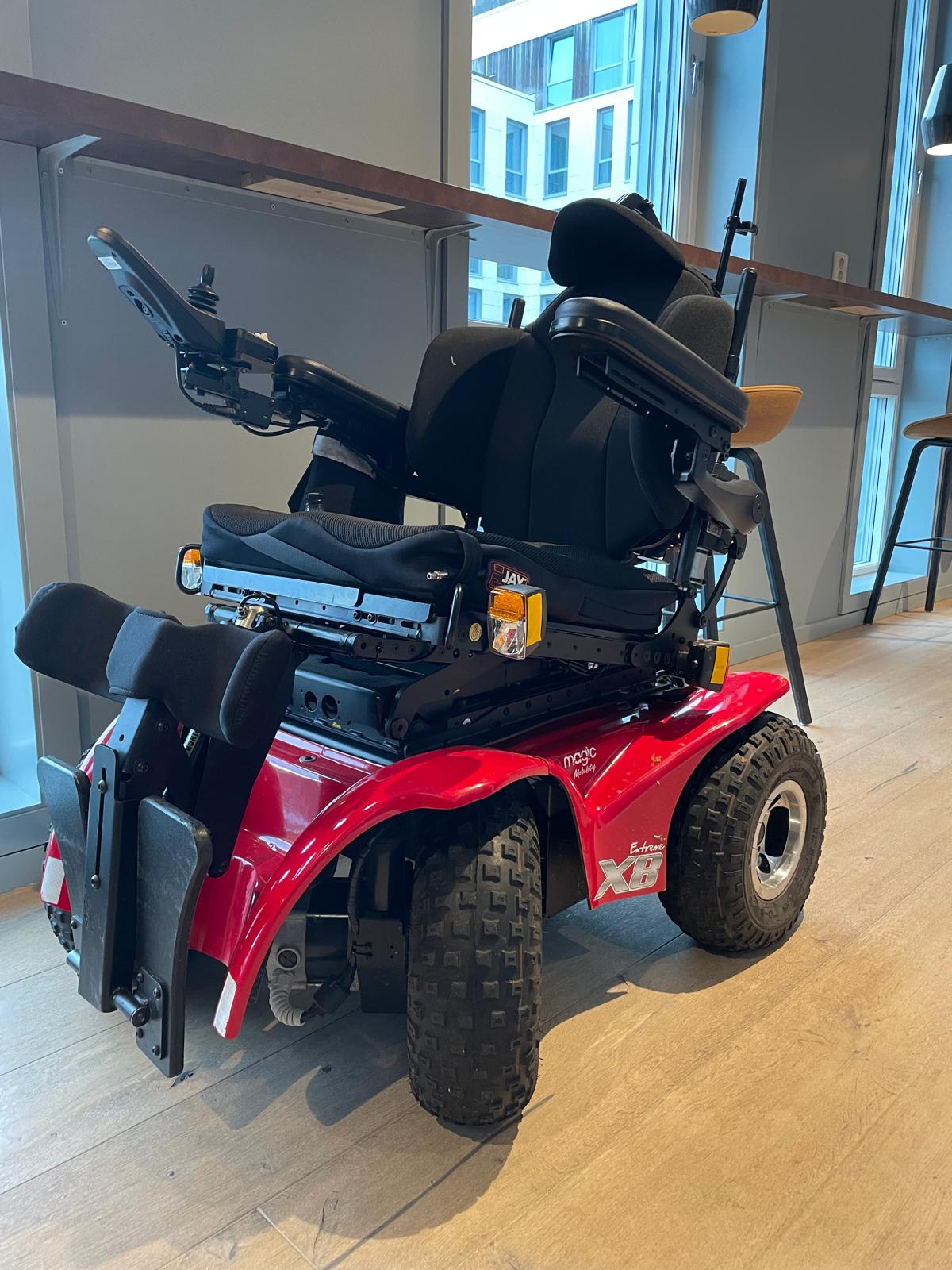Environmental Accessibility in Urban and Natural Spaces – Kristiansand, Norway
Nature trails
4. January 2025
All news
From November 25 to 29, 2024, representatives of the Kurzeme Planning Region participated in a study visit to Kristiansand, Norway, where they explored initiatives promoting environmental accessibility and inclusive tourism.
Gaining Experience in Accessible Nature Trails
During the visit, we embarked on several hikes, including one with representatives of Norwegian Leisure and Tourism, a volunteer organization actively run by seniors. These volunteers not only help maintain local nature trails but also regularly hike, use Nordic walking poles, and organize group treks, thereby keeping themselves active and in good physical shape.
Norwegian trails are highly diverse—some are physically challenging with steep climbs to rocky peaks, while others are flat and easy, ensuring accessibility for everyone. Notably, in Norway, wheelchair users employ different types of wheelchairs for outdoor activities than those used in urban settings. The state also supports the purchase of two different wheelchair types. Wheelchairs designed for outdoor use (as seen in the attached images) are electric, more durable, equipped with larger wheels, and capable of handling steeper inclines, declines, and small obstacles such as stones and roots. This significantly broadens opportunities for people with mobility impairments to enjoy nature and explore more trails.
Similar to Finland, Norway features small, well-designed shelters along the trails. These serve as resting spots for short breaks, meal stops, or even overnight stays. In the Kristiansand area alone, there are 25 such cabins, some of which are fully accessible to visitors with mobility impairments.
Norway’s Approach to Universal Design
A meeting with Norges Handikapforbund Agder (NHF Agder) provided insight into how nature trails and recreational activities can be adapted for people with disabilities. NHF Agder initiatives focus on enhancing trail safety and developing informative materials to promote inclusion and equality.
Norway’s approach to environmental accessibility is based on several principles:
✔️ Thoughtful design and planning
✔️ Regular inspections of sites and areas to ensure compliance with accessibility requirements
✔️ Providing clear information to the public
A key takeaway from the discussion was the importance of local organizations, such as NHF Agder, being actively involved in municipal planning processes. Their input helps ensure that infrastructure and services are designed to be accessible to all.
Urban Accessibility in Kristiansand
Kristiansand places a strong emphasis on universal design, ensuring that public spaces are accessible to everyone. The city’s main streets feature tactile guiding lines to assist people with visual impairments. Additionally, pedestrian crossings are often equipped with audible signals to indicate traffic light status, and the pavement incorporates tactile markings for improved navigation.
One notable aspect—similar to many locations in Sweden—is that instead of installing traditional ramps at store entrances, entire street sections are elevated. This integrated design ensures seamless access without requiring separate adaptations for different groups, making entrances convenient for everyone.
Accessible Swimming Areas
Located on the coast, Kristiansand offers several accessible swimming spots that allow people with mobility impairments to enjoy water activities comfortably. These areas include boardwalks with handrails leading into the water and accessible changing cabins, fostering both nature accessibility and an active, inclusive lifestyle.
Key Takeaways
Norway’s experience demonstrates the crucial role of local communities and volunteers in maintaining and improving public spaces, organizing events, and supporting accessibility initiatives. This not only enhances environmental accessibility and social inclusion but also boosts regional development and helps ease the financial burden on local governments.
At the same time, we observed that even in Norway, not all examples are perfect. For instance, we encountered a dangerous staircase surface and a guiding line leading directly into a fence. The NHF Agder representative also pointed out that municipal authorities do not always consult experts on the most effective accessibility solutions, leading to situations where seemingly accessible spaces are, in practice, still difficult to use for people with disabilities.
About the Study Visit
This exchange visit was organized under the Bilateral Cooperation Fund of the European Economic Area Financial Mechanism (EEA Grants) for the 2014-2021 period. It was part of the Kurzeme Planning Region’s initiative “Baltic-Nordic Exchange of Experience in Volunteer Participation and Inclusive Tourism Promotion.”
#KurzemePlanningRegion #Jurtaka #Meztaka #Accessibility #Apeirons #Volunteers #AccessibleForAll #NorwegianExperience #SustainableDevelopment #EEAGrants #EEANorwayGrantsLatvia
13 Photos
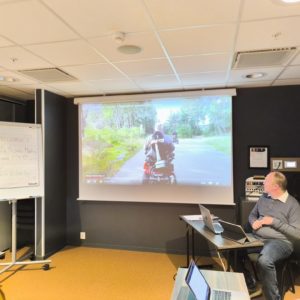
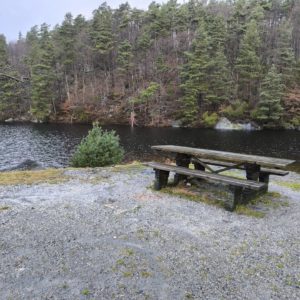
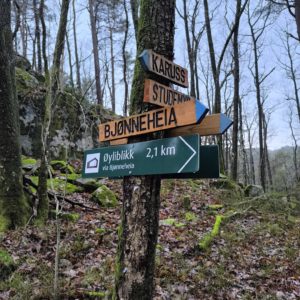
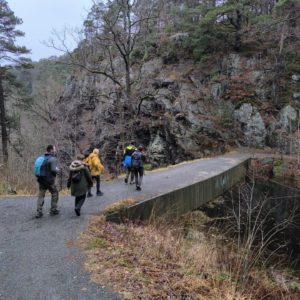
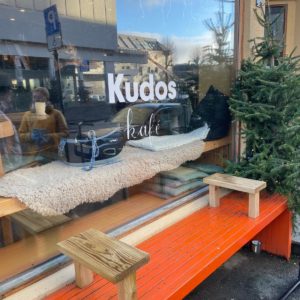
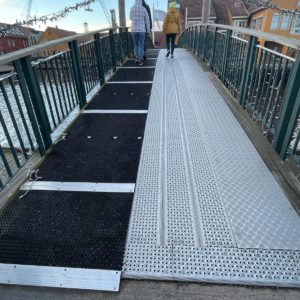
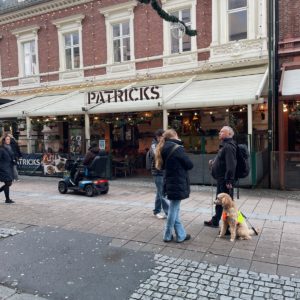
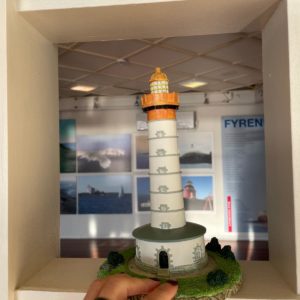
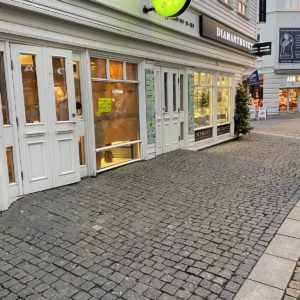
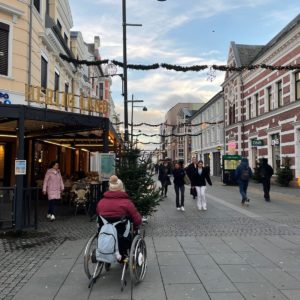
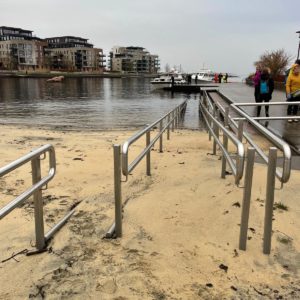
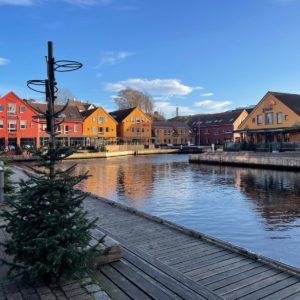
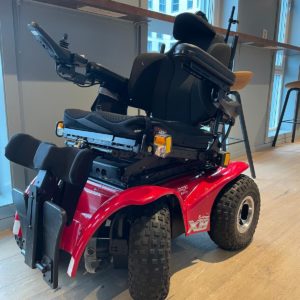
Other news
All news
Mapeirons
Access Days Event “A Lunch of Senses – Experiencing Inclusion Across Borders” Brings Together Experts and International Accessibility Partners
26. November 2025
On 25 November, the Vidzeme Planning Region, in cooperation with the Association of People with Disabilities and Their Friends “Apeirons”, organised the event “A Lunch…
Mapeirons
A Seminar in Saldus Focuses on Welcoming Visitors with Visual or Intellectual Disabilities
20. November 2025
On 19 November 2025, tourism professionals, social workers, and municipal specialists from across Kurzeme and Zemgale gathered at Laipa SPA in Saldus to participate in…
Mapeirons
Exchange of Experiences in Finland – Accessibility by the Water
11. November 2025
From 3 to 7 November, the Riverways II project team took part in a study visit to Finland to explore how accessibility to lakes, rivers,…
